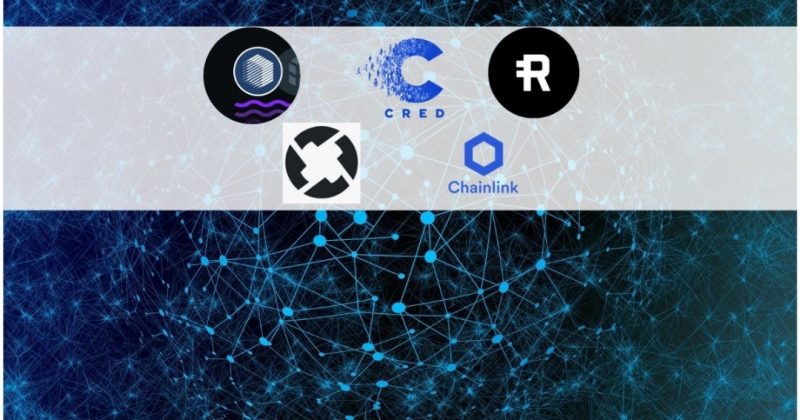
Rather than transactions being made through a centralized intermediary such as a cryptocurrency exchange or a traditional securities exchange, transactions are directly made between participants, mediated by smart contract programs.
Key characteristics ĭeFi revolves around decentralized applications, also known as DApps, that perform financial functions on distributed ledgers called blockchains, a technology that was made popular by Bitcoin and has since been adapted more broadly. Handling the risks presented by crypto-assets already valued at $2.5 trillion was a particular challenge for US regulators.
#DEFI OVERVIEW SOFTWARE#
The Economist regarded the future of digital finance in 2022 as a "three-way fight" between: Big Tech, such as Facebook with its digital wallet "big rich countries" that have been testing their own digital currencies and software developers "building all sorts of applications" to decentralise finance. ĭeFi has attracted venture capitalists such as Andreessen Horowitz and Michael Novogratz. Ethereum saw a rise in developers during 2020 due to the increased interest in DeFi. In September 2020, Bloomberg said that DeFi made up two-thirds of the cryptocurrency market in terms of price changes and that DeFi collateral levels had reached $9 billion. In July 2020, The Washington Post described decentralized finance techniques and the risks involved. Other platforms followed suit, leading to "yield farming" or "liquidity mining," where speculators shift cryptocurrency assets between pools in a platform and between platforms to maximize their total yield, which includes not only interest and fees but also the value of additional tokens received as rewards. This token, which is used for running Compound, can also be traded on cryptocurrency exchanges.

In June 2020, Compound Finance started rewarding lenders and borrowers with cryptocurrencies, in addition to typical interest payments to lenders, units of a cryptocurrency called COMP. Through a set of smart contracts that govern the loan, repayment, and liquidation processes, MakerDAO aims to maintain the stable value of Dai in a decentralized and autonomous manner. It allows users to borrow Dai, a token pegged to the US dollar. MakerDAO is a prominent lending DeFi platform based on a stablecoin that was established in 2017. Other blockchains have since implemented smart contracts. The Ethereum blockchain popularized smart contracts, which are the basis of DeFi, in 2017. While they share common components of the first four layers, such as Settlement layer, Asset layer, Protocol layer and Application layer, DEX aggregators have an additional component or Aggregator layer, which allows them to connect and interact with other DEXs via smart contracts. ( See Figure: Multi-layered Architecture of the DeFi Stack).

CEXs, DEXs and DEX aggregators are all built on the multi-layered DeFi architecture or components, where each layer serves a well-defined purpose. DEX aggregators form user-centric hubs that compose to several applications and protocols, also providing tools to compare and rate services, which allow users to perform otherwise complex tasks by connecting to several protocols simultaneously.

Most recently, DEX aggregators have begun to play a more distinctive part in the DEX segment. Unlike centralized cryptocurrency exchanges (CEXs), such as Coinbase, Huobi or Binance, which use order books to match buyers and sellers on the open market and keep crypto assets in an exchange-based wallet, DEXs are non-custodial and leverage the functionality of self-executing smart contracts for peer-to-peer trading, while users retain control of their private keys and funds. Multi-layered Architecture of the DeFi Stackĭecentralized exchanges (abbreviated DEXs) as alternative payment ecosystems with new protocols for financial transactions emerged within the framework of decentralized finance, which is part of blockchain technology and FinTech.


 0 kommentar(er)
0 kommentar(er)
